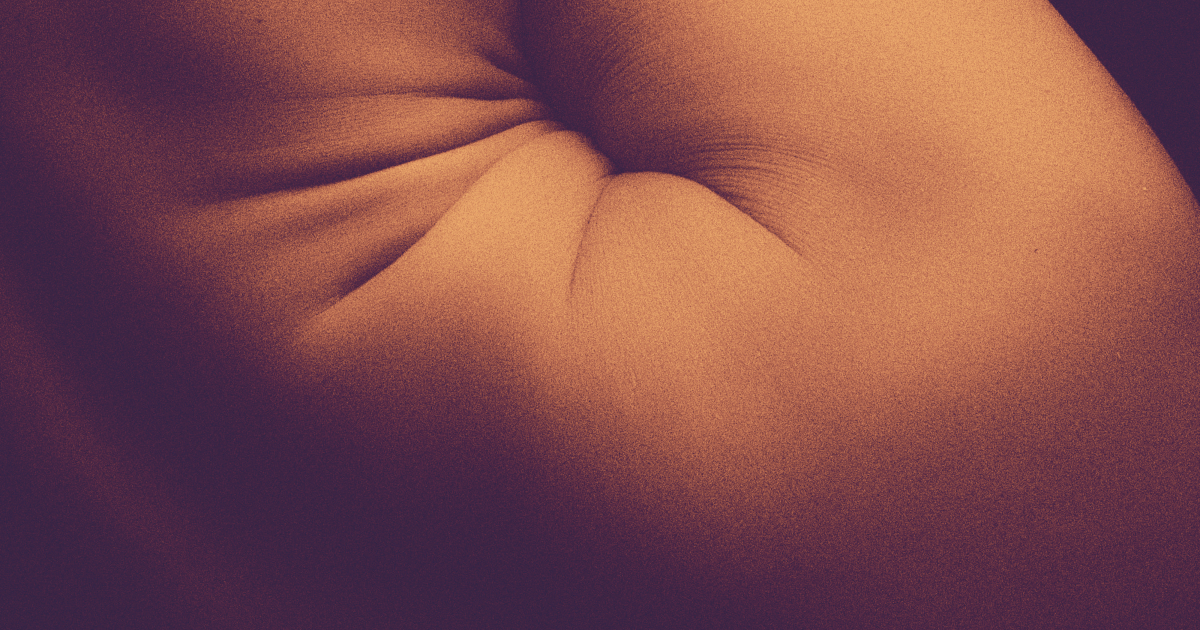
The shortcut to equanimity
To cultivate equanimity, it is often fastest to train it in the body first.
The effect of equanimity is often most obvious in our internal talk, which becomes quieter when it no longer judges and evaluates what we are experiencing. But mind and body are always intertwined, and there is a lot of evidence that suggests that the body’s reaction is fundamental to how we think about and perceive a situation.
Therefore, we primarily taste our capacity for equanimity in how we relate to negative emotions, physical pain, and discomfort.
Equanimity is first and foremost characterized by a sense of unflappability and resilience in face of challenges. The abundance of inner resources
Rethinking Well-Being in Terms of Affliction and Equanimity: Development of a Holistic Well-Being Scale
translates somatically to a heightened level of bodily vitality, and a capacity of acute awareness.
State and trait
Equanimity is an attentional skill that becomes stronger over time and becomes a baseline for how we experience everyday life. In that sense, it is a trait. Equanimity is also a state in which we can immerse ourselves when we practice mindfulness, which becomes increasingly more accessible to us.
It is quite common when we begin to meditate that we try to push away distractions. In trying to focus on the meditation technique we do, it is as if we have an inner gatekeeper who throws out unwanted guests. In our meditation, we cultivate equanimity by letting the gatekeeper be non-judgmental, accepting, and friendly. We train the state of equanimity.
When we have been meditating for a while, this state becomes a more permanent and obvious trait. What used to distract us no longer bothers us, and we allow more uninvited guests to be present in the background without wanting to throw them out. Now we do not need to focus on having equanimity to the same degree, because the base level has become so strong and stable that it becomes a platform for our experience. Even when we are not meditating.
How do we find equanimity in the body?
In order for us to become more inclined to have equanimity in everyday life, we must practice the state of equanimity.
Cultivating rest is a key in this process. When you consciously practice rest, you learn to find and create the experience of rest in all the senses. You explore relaxation in the body, peace in the emotions, the silence around you and inside you, and rest in both the outer and inner sense of sight.
All these forms of rest influence and strengthen each other. The result is a deeper and deeper sense of emotional peace and physical relaxation in the body.
Does it ever become completely quiet? Do you ever get completely relaxed? It can happen, but that’s not the point. The point of practicing rest is that you also practice accepting everything that does not rest.
You practice not having resistance to discomfort or distractions. Neither pushing it away nor pulling it towards you. No picking and choosing. Not wanting anything to be different or change. Just leaving everything as it is.
By practicing this, the discomfort becomes less sticky. It releases its grasp more easily. Or rather, you learn to let go of it. And at the same time, more energy is available to you because you are not fighting against your experience. As stated at the beginning of this article: “The abundance of inner resources translates somatically to a heightened level of bodily vitality, and a capacity of acute awareness.”
For more practical instructions, you can read about the meditation path Focus on rest.